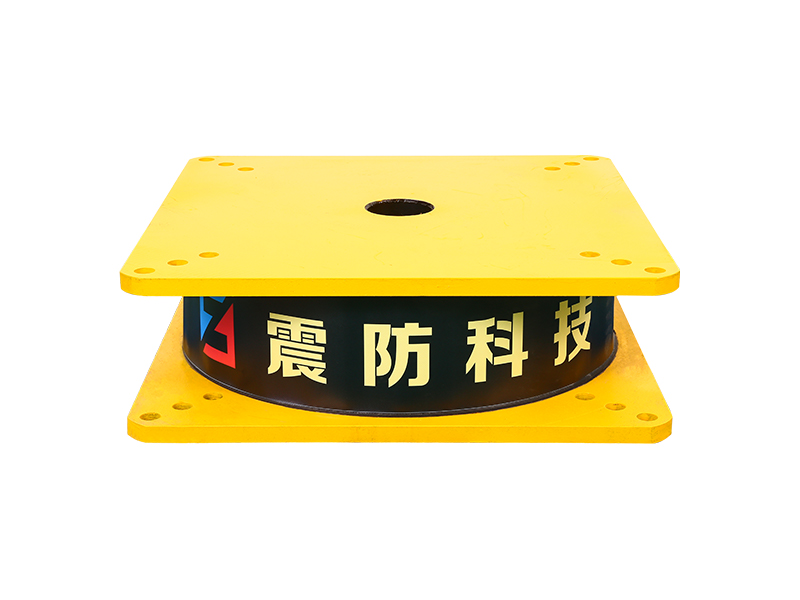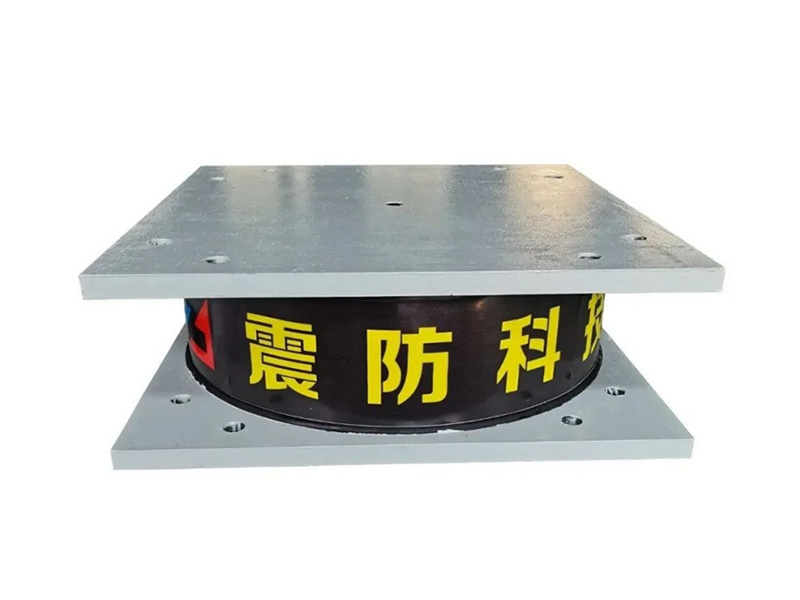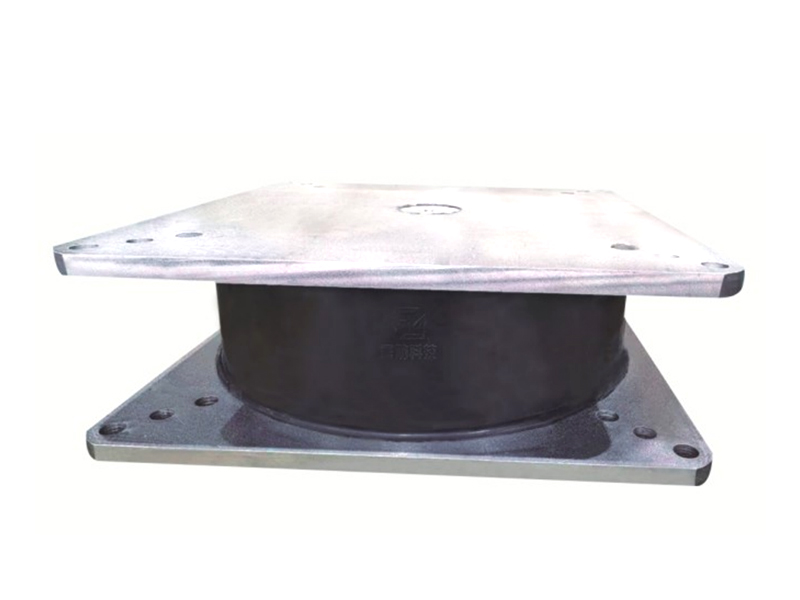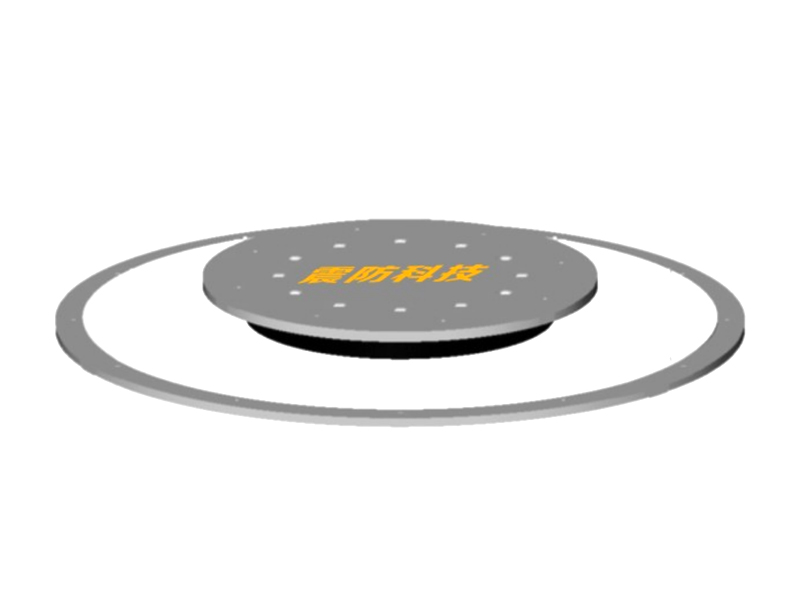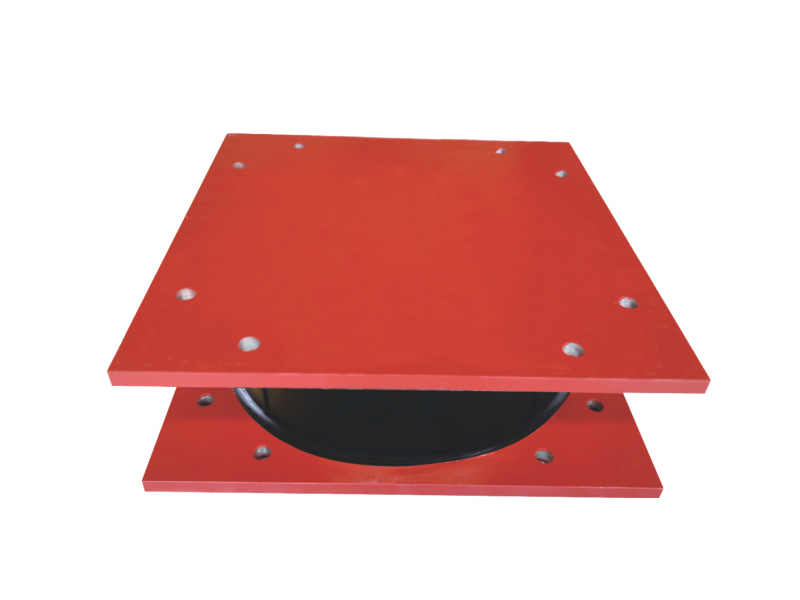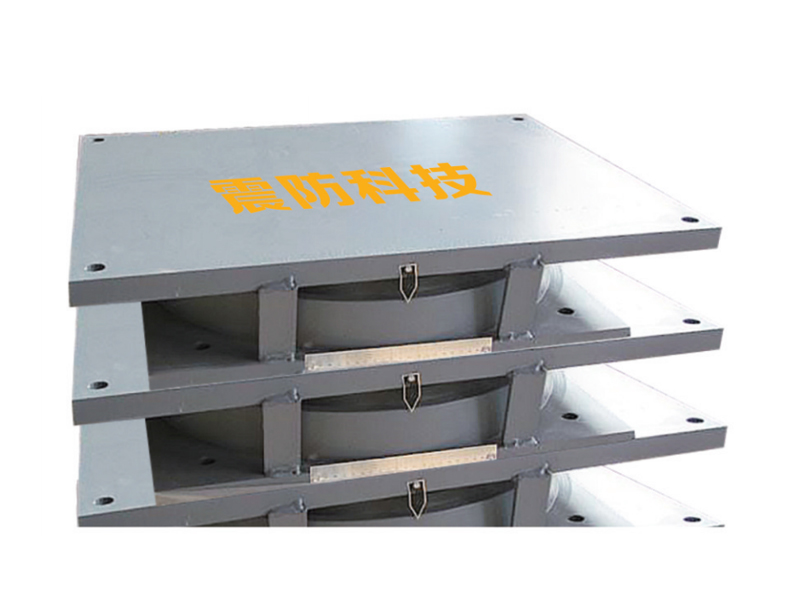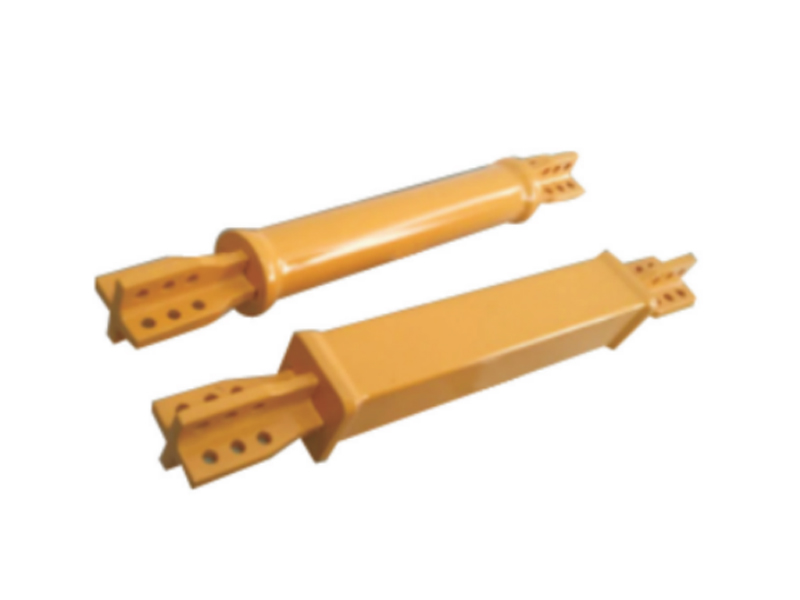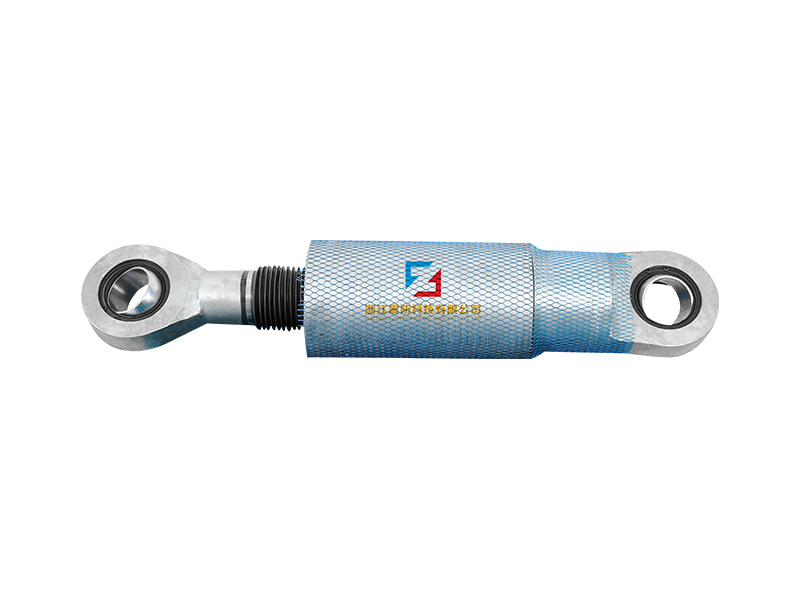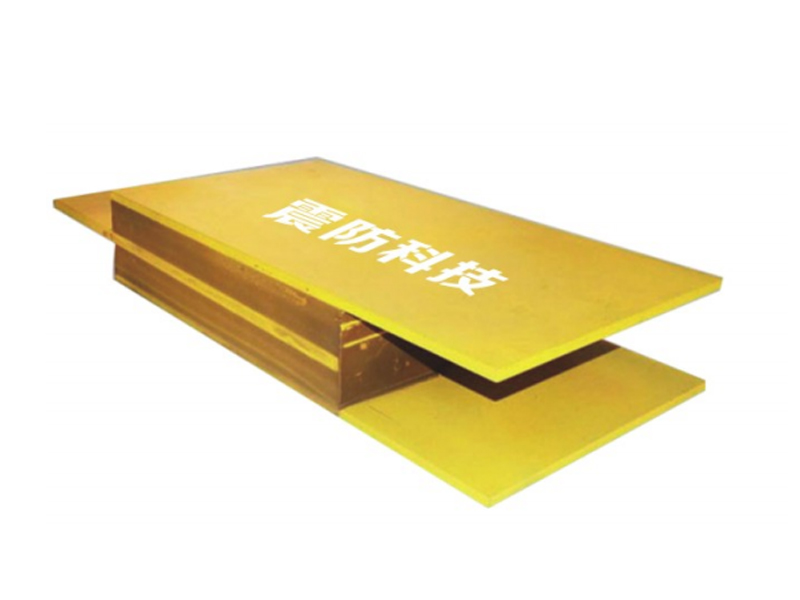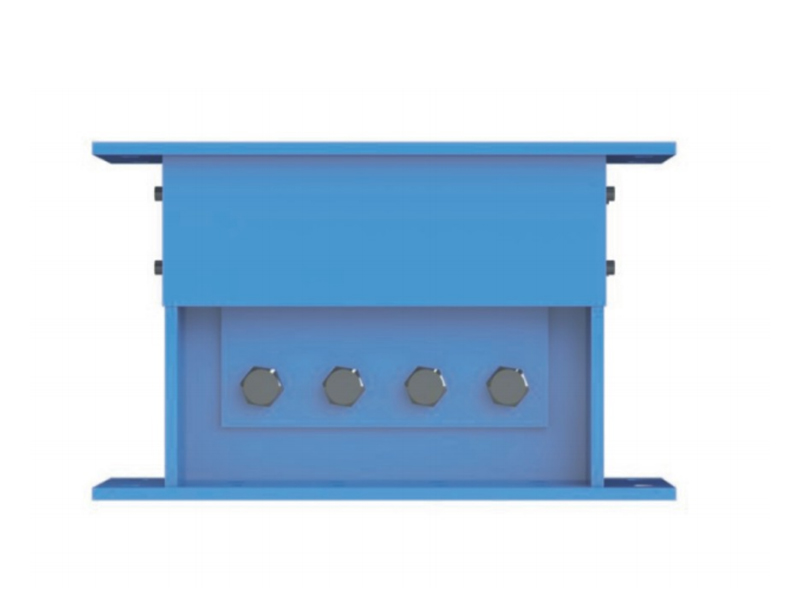The company has been adhering to the corporate tenet of "quality first, customer first", and sincerely welcomes domestic and foreign customers to visit and guide.
GET A QUOTEAs global urban development accelerates, earthquake resilience is becoming a critical factor in structural design, particularly in seismically active regions. Among the promising technologies making strides in this area is the Natural Rubber Isolation Bearing for Earthquake Collapse, a device that offers significant improvements in the structural integrity of buildings and infrastructure during seismic events. This article explores the principles, benefits, and real-world applications of this groundbreaking solution.
What is a Natural Rubber Isolation Bearing for Earthquake Collapse?
A Natural Rubber Isolation Bearing for Earthquake Collapse is an engineered seismic isolation system that utilizes layers of natural rubber and steel to absorb and dissipate seismic energy. Installed between a building’s foundation and superstructure, these bearings allow for horizontal movement while reducing the transfer of ground motion to the structure above. The elasticity of natural rubber plays a crucial role in this mechanism, enabling flexibility and energy absorption during an earthquake.
The primary function of a Natural Rubber Isolation Bearing for Earthquake Collapse is to isolate a structure from ground movement, reducing the risk of catastrophic failure and collapse. By decoupling the building from the shaking earth, these bearings mitigate acceleration forces and allow the structure to remain largely intact, even during severe seismic events.
Principles of Earthquake Resistance Through Isolation
Traditional earthquake-resistant design typically involves strengthening the structure to withstand lateral forces. However, seismic isolation using devices such as the Natural Rubber Isolation Bearing for Earthquake Collapse shifts the design philosophy from resistance to isolation.
This principle is based on the idea that it is often more effective to allow controlled movement rather than attempting to make a building entirely rigid. A Natural Rubber Isolation Bearing for Earthquake Collapse enables the building to move independently of ground motion, greatly reducing stress on structural components.
These bearings are particularly effective because of their damping properties, which help dissipate kinetic energy generated by seismic waves. The combination of rubber’s flexibility and high damping capacity ensures that buildings can sway gently without experiencing the violent jolts that typically result in structural damage.
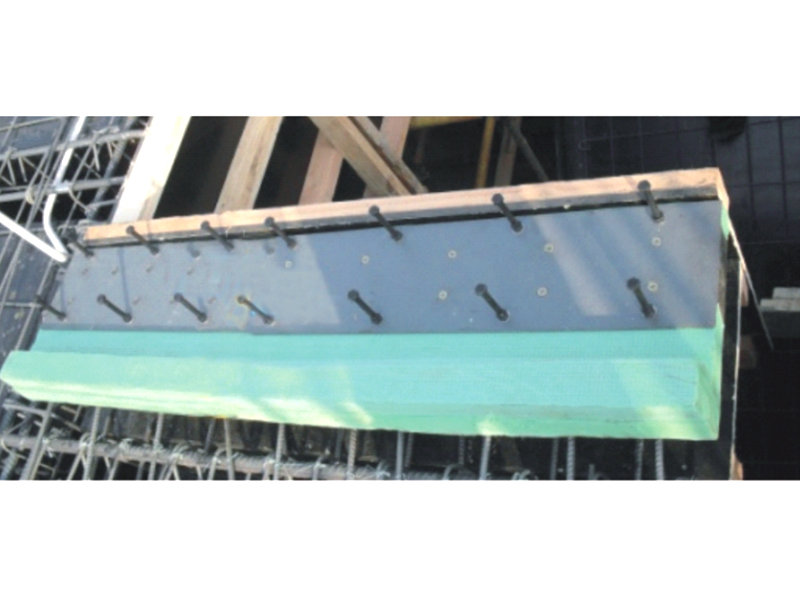
Applications and Case Studies
The use of Natural Rubber Isolation Bearing for Earthquake Collapse systems is increasing globally, especially in critical facilities such as hospitals, data centers, and transportation hubs. In Japan, where earthquake engineering has reached advanced levels, these bearings are installed in many high-rise buildings, allowing them to remain operational immediately after major quakes.
One notable example is the base-isolated Kansai Electric Power Company headquarters, where Natural Rubber Isolation Bearing for Earthquake Collapse systems have significantly reduced seismic energy transmission. Engineers reported little structural impact after a recent moderate earthquake, demonstrating the technology’s effectiveness in real-world conditions.
In the United States, California’s new public infrastructure projects now routinely integrate Natural Rubber Isolation Bearing for Earthquake Collapse systems, particularly in schools and emergency response centers. These systems ensure continuity of operations even when surrounding areas suffer significant damage.
Advantages of Natural Rubber Isolation Bearing for Earthquake Collapse
The advantages of using a Natural Rubber Isolation Bearing for Earthquake Collapse extend beyond mere structural safety. These include:
Improved Occupant Safety: By reducing building sway and preventing structural failure, these bearings enhance safety for occupants during earthquakes.
Operational Continuity: Buildings with base isolation can remain functional immediately after a seismic event, which is vital for emergency and critical infrastructure.
Reduced Repair Costs: Structures equipped with Natural Rubber Isolation Bearing for Earthquake Collapse typically sustain less damage, reducing post-earthquake repairs.
Design Flexibility: These bearings can be incorporated into various building types, including retrofits for existing structures.
